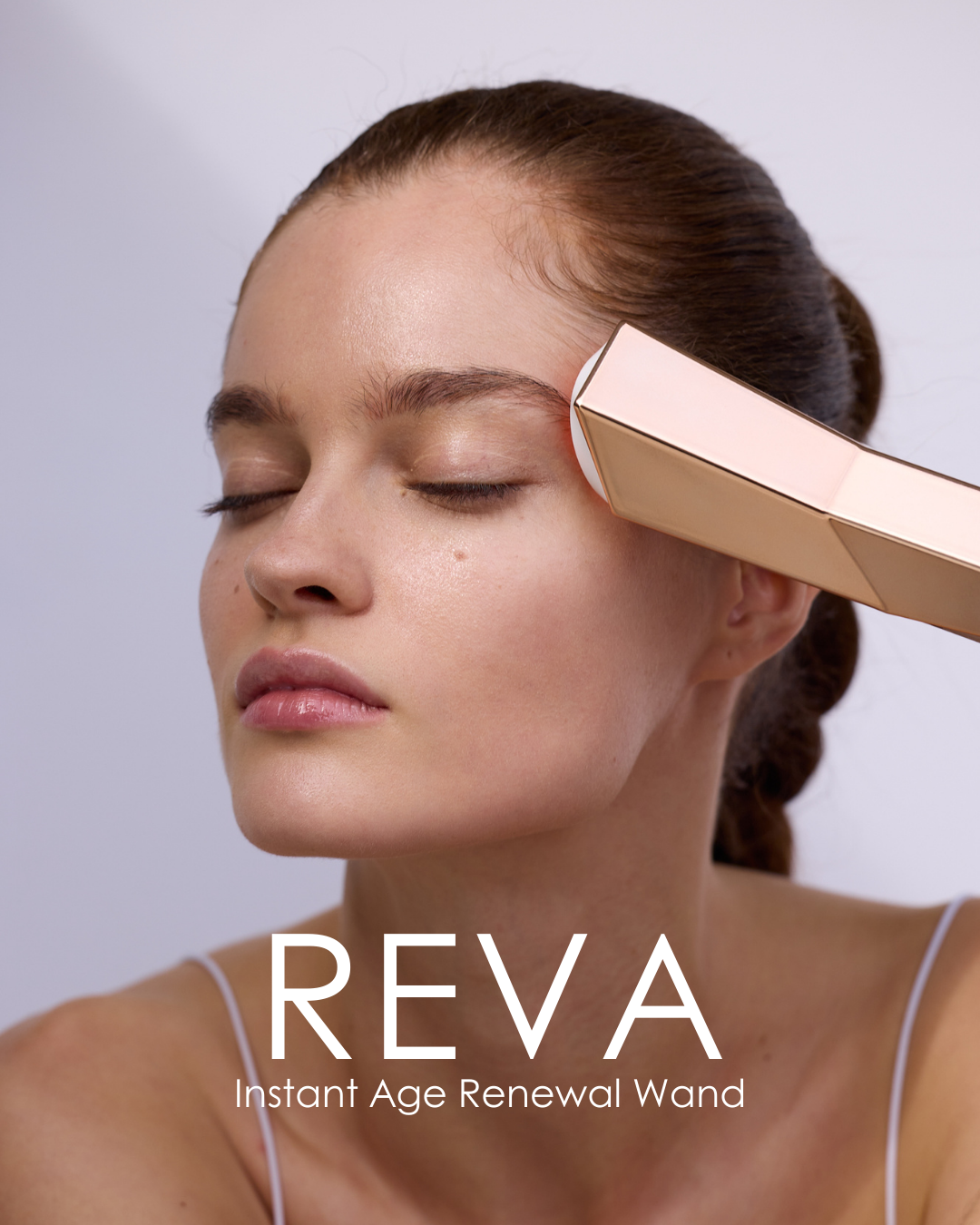
What LED Light Therapy Power Density Really Tells Us
IN THIS ARTICLE:
- 01 What Is Power Density?
- 02 LED Light Therapy Power Density and Efficacy: Is More Always Better?
- 03 What Is the Optimal Dose for LED Light Therapy?
- 04 How Do I Calculate the Optimal Dose?
- 05 The Takeaway: What LED Light Therapy Power Density Really Tells Us
5-minute read
LED light therapy uses specific wavelengths of light to support skin rejuvenation, reduce inflammation, accelerate wound healing, and more. For LED devices on the market, power density or ‘strength’ is key to determining how much light energy can be absorbed by the skin cells and ultimately the results you can expect. While higher power density often correlates with greater efficacy, it's essential to consider other factors like wavelength and dosage. The question arises: does a higher power density always guarantee superior results?
What is Power Density?

Power density, measured in milliwatts centimeter squared (mW/cm²) is the intensity of light emitted by an LED light therapy device. It's akin to the brightness of a light bulb, influencing the depth of light penetration into the skin. Factors such as the number and type of LEDs, their arrangement, and the device's overall design significantly impact power density. A higher power density generally implies a more potent device, but it's crucial to consider other factors like wavelength, distance from the skin, and treatment duration for optimal results.
LED Light Therapy Power Density and Efficacy: Is More Always Better?
Apparently not! Light therapy is biphasic which means that too much intense light is not beneficial to the skin. The "biphasic dose response" refers to a phenomenon where different doses of a treatment (such as light, medication, or another stimulus) can produce opposite effects. At a low dose, a stimulus may be beneficial or stimulating, while at a high dose, it could be ineffective or even harmful. This concept is widely observed in various fields, including pharmacology and photobiology (such as in LED light therapy).
For example, in LED light therapy, the biphasic dose response means that a specific wavelength of light can enhance skin health and cellular activity at the correct dose. However, if the exposure time or light intensity exceeds the optimal range, the benefits plateau or may even reverse, potentially leading to diminished results or adverse effects. This response pattern emphasizes the importance of adhering to recommended dosages or treatment times to achieve the best results.
LED light therapy works by causing controlled stress to the skin to trigger repair and rejuvenation, in a similar way to exercise. This explains why higher doses of light can have the opposite effect potentially causing damage. Even without causing visible damage, skin cells eventually stop absorbing red light. So, while extending the treatment time might seem beneficial, it’s likely to have minimal effect.
What is the Optimal Dose for LED Light Therapy?
This depends on your specific treatment goals but to achieve the anti-aging and rejuvenatory effets of red and infrared light therapy most studies claim that a dose of between 0.1Jm² to 10 J/cm² is optimal.
How Do I Calculate the Optimal Dose?

Many trusted brands will have already calculated the optimal light therapy dose and provided recommended treatment but if you want to check how to get the optimal treatment from your device the specific device you are using the formula is
Dose (J/cm²)=Power Density (mW/cm²)×Time (seconds)×0.001
For example, when we apply this formula to the LumaLux Face and LumaLux Face+ LED masks we calculate the dose as follows:
Power Density (30mW/cm²)x (180)x0.001 = Dose of 5.4 J/cm² (which is within the recommended range to achieve results)
LumaLux Face+ | Pro LED Light Therapy Face & Neck Mask
Red, infrared, deep infrared for fine lines, acne, and hyperpigmentation, dryness
The Takeaway: What LED Light Therapy Power Density Really Tells Us
In conclusion, understanding LED light therapy power density is essential for achieving optimal results, but it's only one part of the equation. While higher power density can enhance efficacy, it’s crucial to remember the biphasic dose response: too much can actually hinder progress. Achieving the best outcomes depends on a balance of power density, wavelength, and treatment time, as well as following the recommended dose for each specific device. By adhering to these parameters, users can safely harness the full benefits of LED light therapy for rejuvenation, anti-aging, and skin health. Ultimately, it’s not just about having a powerful device but using it in the most effective way to unlock the skin's full potential for renewal.

written by Olivia Khader















Leave a comment
This site is protected by hCaptcha and the hCaptcha Privacy Policy and Terms of Service apply.